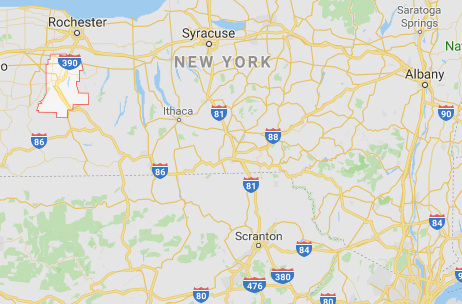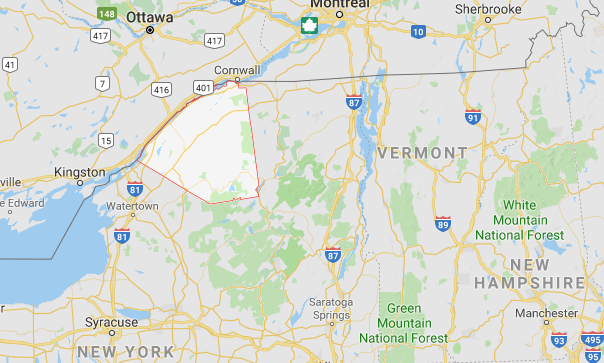

The New York State Department of Agriculture and Markets is advising owners, boarders and riders to watch their horses closely for signs of equine herpesvirus type 1 (EHV-1) after several cases of the virus were confirmed in horses boarded in Canton, St. Lawrence County, and Geneseo, Livingston County.
The virus is not a threat to humans, but people can also spread the virus from infected horses to other horses.
The Department is investigating the cases at St. Lawrence University’s horse boarding facility and Leg Up Stables, which is home to SUNY Geneseo’s Equestrian Team.
The stables are working closely with the Department and have voluntarily quarantined their animals and proactively instituted biosafety measures.
Horses and people who visited the facilities, competed at the venues, or who had contact with these animals from February 23 through March 10 might have been exposed to EHV-1.
This virus may cause neurological signs, or equine herpesvirus myeloencephalopathy (EHM), in horses. Symptoms can include fever, loss of balance and unsteady gait.
In addition, people who visited the affected facilities during that time, and those who had contact with these horses, should pay close attention to biosecurity and carefully observe their own horses daily for fever and neurologic signs, which can indicate exposure to EHV-1.
They also are advised to contact their own veterinarians and the Division of Animal Industry at the NYS Department of Agriculture and Markets at 518-457-3502.
If possible, exposed horses should be isolated from other horses for at least three weeks after a known exposure. If an exposed horse has not shown any signs of EHV-1 infection for three weeks after the last known exposure, it is likely safe to resume normal activities.
Vaccinations, while helpful, do not guarantee disease prevention.
Information on the disease, standards for biosecurity, control and other guidelines can be found online. Precautions—such as hand washing, using disinfectant and sanitizers, changing clothes and not sharing equipment—can help reduce the risk of transmission.








